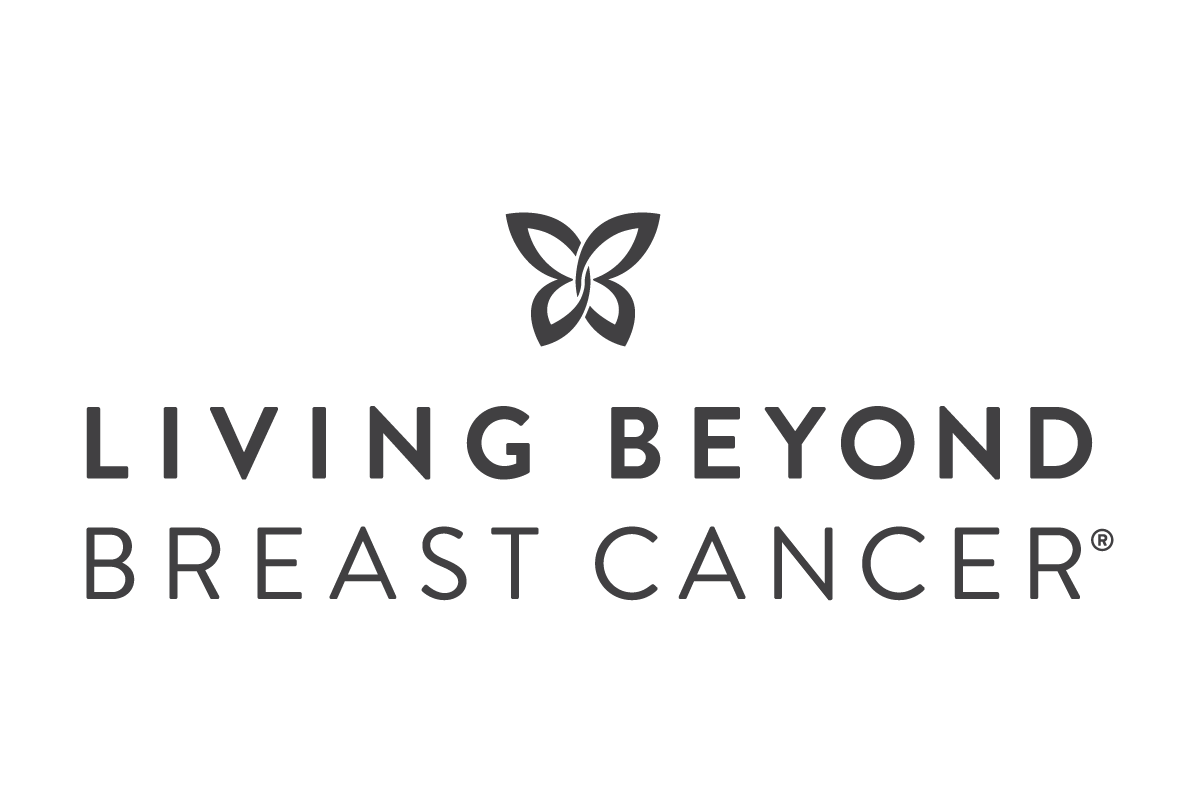- 01/25/18
A study in the Annals of Surgical Oncology shows fewer than 25 percent of women who have DIEP flap breast reconstruction experience problems that require more surgery. But it also shows that problems are more likely when both breasts are being reconstructed than if only one breast is reconstructed. Researchers say doctors should make sure women are given this information when making decisions about reconstructive surgery.
Background
After a single or double mastectomy, many women choose to have breast reconstruction surgery to rebuild their breasts. Many women opt for surgery that uses breast implants. Others undergo tissue, or flap, reconstruction, which uses a woman’s own body tissue, muscles, or both to rebuild the breasts. The tissue and muscle are usually taken from the stomach or thighs.
Deep inferior epigastric artery perforator flap reconstruction, called DIEP flap reconstruction, is a form of tissue reconstruction considered safe and with a low risk of surgery-related problems. Unlike some other kinds of tissue reconstruction, such as the TRAM flap, DIEP flap reconstruction uses only skin and fat, not muscle, so it avoids weakening muscles and may cause less pain. DIEP flap reconstruction has also been shown to lead to shorter hospital stays, better healing of the area tissue is taken from, and higher satisfaction with how the new breasts look and feel.
Double mastectomies are becoming more popular and so is tissue reconstruction. At the U.K. medical center in which this study was done, about 70 percent of women who ask for breast reconstruction choose DIEP flap reconstruction.
Few studies have compared results of having one breast or two breasts rebuilt with DIEP flap surgery. But the limited research that does exist suggests women who have both breasts rebuilt with DIEP flap reconstruction have more problems caused by the surgery. The researchers on this study wanted to assess the risk of problems after this type of surgery within their own institution.
Design
To compare the success of DIEP flap surgery to rebuild one or both breasts, researchers at Norfolk and Norwich University Hospital in Norwich, England created an electronic database to track women who chose to have DIEP flap reconstruction after single or double mastectomy for breast cancer. The double mastectomies were either recommended for breast cancer treatment, or were the result of women choosing also to remove the remaining healthy breast to prevent future breast cancers if they had a strong family history or known gene mutation.
Between January 1, 2009 and December 31, 2014, the researchers used their database to track details of 468 women who had surgery within that time period.
They took notes on:
- whether the woman had a single breast rebuilt, or both
- what surgery-related issues she experienced within 30 days of reconstruction
- if those surgery-related issues required the woman to have additional surgery
Of the 468 women:
- 371 had only one breast rebuilt using DIEP flap surgery
- 97 had both breasts rebuilt using DIEP flap surgery
Each of the 468 women saw one of two senior surgeons at the hospital who use the same standard technique to perform DIEP flap reconstruction.
Participants who were obese were advised to lose weight and those who smoked were advised to stop at least 4 weeks before surgery. But women were not excluded from the study because of being overweight or smoking. Participants taking hormonal therapy were allowed to continue doing so.
Results
Overall, the researchers found that though DIEP flap surgery is generally safe and has a low risk of post-surgery issues, women having both breasts rebuilt had more post-surgery issues than their peers having one breast rebuilt.
Of the total study group, about 1 in 4 women experienced an issue that required another surgery. But these issues happened about twice as often in women who had both breasts reconstructed. They happened in:
- 11.1 percent of those who had one breast reconstructed
- 23.7 percent of those who had both breasts reconstructed
The post-reconstruction issues requiring more surgery were:
- Breast or abdominal wall hematomas, areas of clotted blood inside the breast or the area of the belly from which tissue was taken, including infected hematomas
- Infected seromas, masses or lumps caused by fluid that pooled inside the breast
- Death of skin tissue, called necrosis, in the breast or belly area
- Poor blood drainage of the flap, known as venous congestion
- Poor blood supply by artery to the flap, known as ischemia
Whether they had one or both breasts reconstructed, 2-3 percent of women experienced “partial flap loss,” when poor blood circulation causes some of the transferred tissue to die. When part of a flap dies, doctors must perform another surgery to remove the dead parts of the tissue.
A total of 5.5 percent of women who had both breasts reconstructed experienced “total flap loss” of at least one flap, when poor blood circulation causes all of the transferred tissue to die. That’s 6 times higher than the .81 percent of women who had one breast reconstructed and experienced total flap loss. After total flap loss, doctors have to remove the entire flap from the body. Future reconstruction will have to involve tissue from another area, such as the back.
Limitations
Prospective studies, which look forward in time, like this one, are more reliable than retrospective studies, which look back at things that have already happened. But prospective studies aren’t as reliable as randomized controlled trials, which assign people to different treatments at random. Randomization would make it less likely results will be influenced by factors outside the researchers’ control.
It is difficult to design randomized trials for breast reconstruction because selecting a breast surgery is a very personal choice. Few women are interested in joining a trial in which their reconstructive surgery will be chosen for them at random and they don’t have control of the surgery process.
This study was done at one single institution in the United Kingdom. Single-institution studies are weaker than studies done at multiple institutions, because results from a single institution study may not apply to people treated at other institutions that do things differently. This study’s complication rate may not directly apply to other surgical teams such as those available to women in the United States.
This study did not ask questions about how satisfied the women were with their breasts after reconstruction, or about their emotional or physical experiences, such as pain, sexuality or changing body image.
What this means for you
DIEP flap reconstruction is one of many reconstructive surgery options you may have after breast surgery. Many women who have this type of surgery experience less pain after surgery and more satisfaction with the way their breasts look than with other reconstruction options. But like all surgeries, the DIEP flap has risks. And in this particular study, the risk increased when surgery was done on both breasts instead of one. Researchers don’t know for sure why risk might increase, but they suggest that removing more tissue from the abdomen, and surgeons becoming tired during longer surgeries, may play roles.
This study took place in one institution, looking at one surgical team. Surgery success depends on your surgeons’ skill level, experience, your specific cancer situation, your health and occasionally, luck. Any surgery comes with some risks. Before deciding which surgery is best for you, talk with your surgeon about what risks each surgery has, whether common or rare. The more you know, the better you’ll feel about your decision.
Still, the overall risk of post-surgery issues is relatively low with DIEP flap reconstruction, whether you have one breast reconstructed, or both. Your surgeons can help you deal with issues if they happen. Talk to your healthcare providers about your reconstructive surgery options and about the risks and benefits of each type.
Do your homework and ask important questions such as your surgeon’s complication rate and the number of DIEP surgeries they have performed after their training. You can also ask to speak to other women who have had surgery to learn about their experience. Then you can make the most informed and empowered decision about what is best for you and your body.
Wade RG, Razzano S, Sassoon EM, et al. Complications in DIEP Flap Breast Reconstruction After Mastectomy for Breast Cancer: A Prospective Cohort Study Comparing Unilateral Versus Bilateral Reconstructions. Annals of Surgical Oncology. 2017;23(2):154–158;doi:10.1245/s10434-017-5807-5.
Related news
- Pembrolizumab before surgery shows benefit in ER+ breast cancer | SABCS 2023
- Beyond the headlines: Chemotherapy shortages, LGBTQ+ Pride Month, and 2023 ASCO reports
- LBBC issues statement to CMS on coding changes for breast reconstruction
- Patient advocates and health care professionals call on CMS to ensure access to DIEP flap breast reconstruction
Related videos
View allStay connected
Sign up to receive emotional support, medical insight, personal stories, and more, delivered to your inbox weekly.



